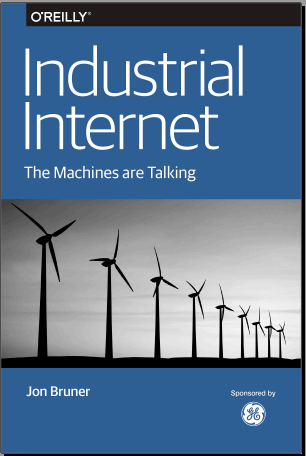The barriers between software and the physical world are falling. It’s becoming easier to connect big machines to networks, to harvest data from them, and to control them remotely. The same changes in soft‐ ware and networks that brought about decades of Silicon Valley in‐novation are now reordering the machines around us.Since the 1970s, the principles of abstraction and modularity have made it possible for practically anyone to learn how to develop soft‐ware. That radical accessibility, along with pervasive networks and cheap computing power, has made it easy to create software solutions to information problems. Innovators have responded, and have re‐ shaped practically any task that involves gathering information, ana‐ lyzing it, and communicating the result. Something similar is coming to the interfaces between software and the big machines that power the world around us. With a network connection and an open interface that masks its underlying complex‐ ity, a machine becomes a Web service, ready to be coupled to software intelligence that can ingest broad context and optimize entire systems of machines.
The industrial internet is this union of software and big machines — what you might think of as the enterprise Internet of Things, operating under the demanding requirements of systems that have lives and expensive equipment at stake.
It promises to bring the key characteristics of the Web — modularity, abstraction, software above the level of a single device — to demanding physical settings, letting innovators break down big problems, solve them in small pieces, and then stitch together their solutions. The foundational technologies of the industrial internet are available now to anyone from big industrial firms to garage inventors. These technologies include: pervasive networks; open-source microcontrollers ; software that can analyze massive amounts of data, understand human preferences, and optimize across many variables; and the computing power needed to run this intelligence, available anywhere at little cost. Anyone who can recast physical-world problems into software terms now has access to the broad world of “stuff that matters”: conserving energy and reducing our impact on the environment; making our world safer, faster, and more comfortable; improving the productivity and well-being of workers; and generating economic opportunity.



